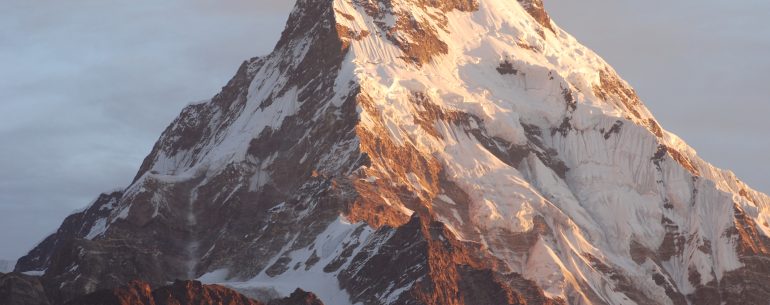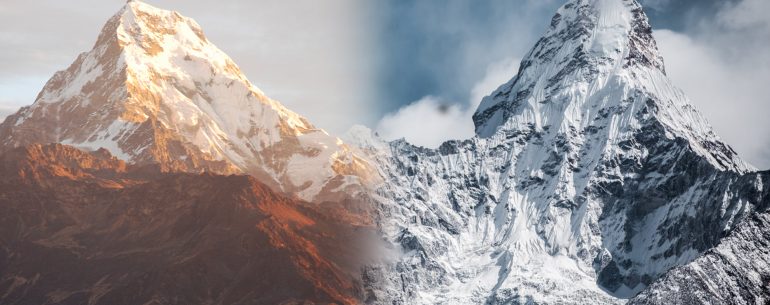The Bauddhanath stupa is one of the most imposing landmarks in Kathmandu and is also another center of Buddhism in the valley, it is the UNESCO world heritage site. The entry to the Bauddhanath Stupa complex is through a gate, and shops selling tourist paraphernalia and restaurants ring the stupa. The path around the stupa is crowded with devotees circumambulating clockwise round the stupa, turning prayer wheels with the writing “Om Mani Padme Hum” inscribed on them. Devout pilgrims prostrate themselves along the path.

The stupa is said to contain relics of Kashyap Buddha, who preceded the arrival of the Enlightened Buddha, according to Buddhist holy texts. The stupa, originally constructed around the 5th century, is said to have been renovated in the 7th and 8th century to the present form. To the north of the stupa is the temple dedicated to Harati Ajima, the goddess that protects children from diseases such as smallpox. According to folklore, she was used to devouring children of the settlements. Buddha persuaded her to give up the cannibalism and she now protects the shrine. According to legend, however the temple is dedicated to Sukhotama Devi who is supposed to have built the stupa.
The stupa has three terraces. The four corners of the stupa contains statues of Heavenly Kings. There are prayer wheels of copper with “Om Mani Padme Hum” inscribed in them fixed to the walls. The four sides of the stupa have the all-seeing eyes of the Buddha painted on them which are supposed to represent the wisdom and compassion of the Buddha. The nose as a question mark represents a perfectly enlightened Buddha. The spire is made up of 13 levels and represents the 13 stages of the path of Bodhistava.

There are large number of Buddhist monasteries at Bauddhanath. Most of these were constructed in the second half of the 20th century. A lager number of pilgrims visit the Bauddhanath Stupa during Lhosar, or the Tibetan New Year, or on the occasion of Buddha Jayanti- the day Buddha was born. Pilgrims light butter lamps and offer prayer flags to the Stupa.



Leave a Reply